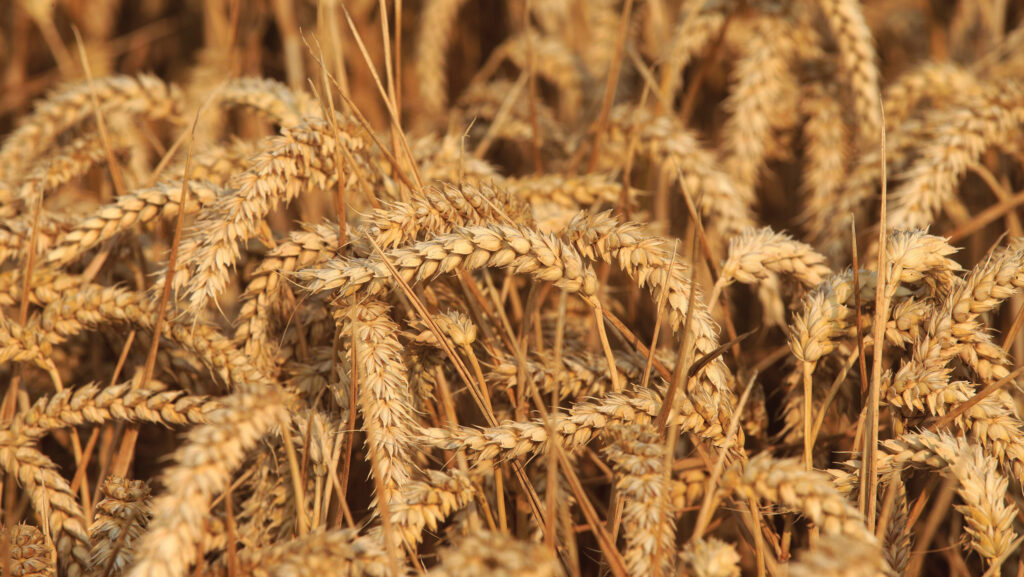Smallest crop area for decades caps wheat at 11m tonnes
 © Tim Scrivener
© Tim Scrivener The combined UK cropping area for wheat, barley, oats, and oilseed rape has contracted to its lowest level since records began over 40 years ago, at just 2.65m hectares in 2024.
Defra estimated the English wheat area at 1.4m hectares, an 11% fall on the year.
Wheat yields are forecast to be back by 8% on the five-year average, with the grain industry pegging yields at between 7-8t/ha.
See also: Poor OSR yields limit UK production while trade hits £380/t
These lower yields combined with the reduced cropping area could lead to an overall wheat production figure of roughly 11m tonnes, well below last year’s figure of 14.1m tonnes.
Ed Downing, national crop nutrition manager at Frontier, said: “The challenge many growers face is assessing how successful they’ve been with their crop management and subsequent production.
“A lot of the time, people base results on gut feelings. The problem with this is it’s harder to be sure how things like the weather have impacted production, and there are much more accurate ways of assessing this.”
He said measuring and using data to make decisions can provide learnings for the following year, which can be retested and monitored to see if changes have made an impact.
UK wheat markets remain lacklustre despite the small domestic wheat crop, with futures opening at £182/t on 4 September for the November contract. This represents a £44/t fall since peaking in May.
Prices collected by Farmers Weekly showed milling wheat trading at £232/t midweek, a £56/t premium to feed wheat.
Lower wheat volumes will not only impact returns for farm businesses, but will also leave a number of traders and levy boards feeling the pinch.
Oilseed rape
The rapeseed area was also much reduced, with Defra estimating a 27% decline on the year to just 342,000ha.
Delivered oilseed rape prices for September ranged from £369/t for Inverness to £393/t for Erith and Liverpool on 4 September.
